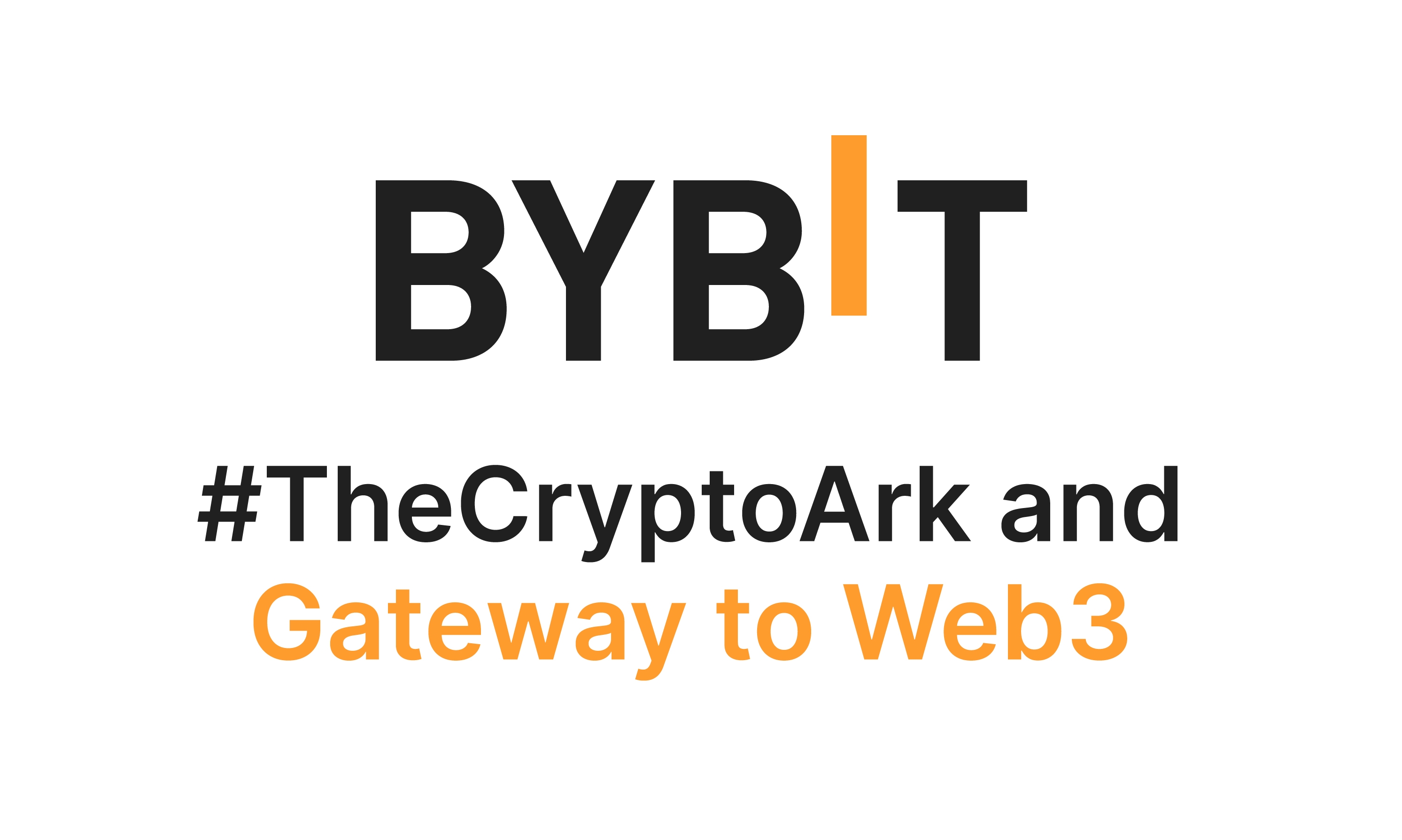Ever get that feeling when you dive into something crypto-related and it feels like the Wild West all over again? Seriously, derivatives and margin trading in crypto are like a rollercoaster you didn’t quite sign up for but can’t look away from. Okay, so check this out—these tools have been around traditional finance for decades, but in crypto, they’re a whole different beast.
At first glance, I thought margin trading was just about borrowing funds to increase your position size, right? But then I realized it’s way more nuanced here. For one, the volatility in crypto makes leverage a double-edged sword. You can amplify gains, sure, but losses come just as quick—and sometimes faster. It’s very very important to get your risk management tight. No joke.
Now, futures trading adds an extra layer of complexity that honestly kinda blew my mind at first. The idea of locking in prices for assets that don’t even exist yet sounds like a gamble, but it’s actually a strategic move for hedgers and speculators alike. On one hand, it’s amazing for price discovery and liquidity; on the other, it can fuel wild price swings that freak out even seasoned traders. Hmm…
Here’s the thing. When you mix derivatives with margin, you’re not just trading crypto anymore—you’re essentially trading expectations and sentiments wrapped in technical contracts. That’s where platforms like bybit crypto currency exchange come into play, offering sophisticated tools that let you navigate this complex landscape.
Whoa! But wait—let me back up a little. Margin and futures trading aren’t for everyone. I’ve seen newbies jump in, attracted by the hype, only to get wrecked in a matter of hours. Something felt off about how casually some folks treated leverage, almost like it was free money. Nope, not even close.
Why Margin Trading Feels Like Walking a Tightrope
Margin trading lets you open positions bigger than your actual capital, which is tempting during bull runs. But here’s where the emotional rollercoaster hits hard. Your gut might scream “double down!” but your head should remind you that liquidation can happen faster than a blink.
Initially, I thought using 5x or 10x leverage was a smart way to maximize profits. Actually, wait—let me rephrase that. It’s smart if you know exactly what you’re doing and have stop-losses in place. Without those, you’re just gambling. And yeah, many do.
Also, margin trading on centralized exchanges means you’re trusting a platform to hold your collateral and execute your trades fairly. This trust factor is huge. On one hand, centralized exchanges offer reliability and speed; though actually, they come with risks like hacks or sudden policy changes that can mess with your positions.
By the way, if you’re looking for a platform that balances user-friendly interface with advanced margin features, the bybit crypto currency exchange is worth checking out. I’ve personally used it, and it strikes a decent balance between power and accessibility.
Really? Yeah. But I’ll admit, the emotional strain of watching your margin level drop during a sudden dip bugs me. It’s like watching a timer counting down to disaster, and you can’t always act fast enough.
Futures Trading: Hedging or Speculating? You Decide
Futures contracts in crypto let you agree to buy or sell an asset at a future date for a price set today. This sounds simple, but the market dynamics behind it are anything but. The contracts can be settled in cash or in the underlying crypto, which adds flexibility but also complexity.
Check this out—futures are often used by miners and large holders to hedge their exposure. But retail traders use them to speculate, sometimes with reckless abandon. This dual-use nature creates an interesting tension in the market.
My instinct says futures trading is a powerful tool, but it requires a level of discipline that’s rare in crypto circles. I’ve seen traders make huge gains but also wipe out entire accounts overnight.
One surprising thing I learned is that futures markets influence spot prices more than many realize. When futures prices diverge significantly from spot, it can trigger arbitrage that moves the entire market. This interconnectedness makes futures trading not just a side game but a core piece of crypto price mechanics.
By the way, platforms like bybit crypto currency exchange provide robust futures contracts with competitive fees and leverage options, which can be a game-changer if you know how to use them prudently.

The Psychology Behind Derivatives Trading
Honestly, what fascinates me the most isn’t the mechanics but the emotional toll. Trading derivatives is like juggling flaming knives—thrilling but dangerous. The leverage magnifies every emotion, from greed to fear.
Something I’ve noticed is that traders often underestimate how quickly a market can turn against them. Their first instinct might be to hold on, hoping for a rebound, but the math rarely supports that hope. It’s a brutal reality check.
I’m biased, but I think the best traders are those who combine gut feeling with cold analysis. You need that snap judgment to enter or exit, but also a rational plan to manage risk. It’s a delicate balance.
Actually, I’m still figuring out how much leverage is “safe.” The community talks about 2x or 3x as reasonable, but I’ve seen pros use 20x and survive. It’s mostly about experience and nerves of steel.
By the way, if you want to experiment with derivatives trading on a platform that offers a sandbox mode and comprehensive tutorials, bybit crypto currency exchange is one to consider. Learning by doing is invaluable here.
Wrapping Thoughts and New Questions
So, derivatives and margin trading in crypto are not just technical jargon—they’re the pulse of this market’s evolution. They bring opportunities but also risks that aren’t always obvious at first glance. Honestly, I started this thinking it was just about leverage and contracts, but it’s really about psychology, platform trust, and market dynamics intertwined.
Wow! I guess the real takeaway is that if you’re stepping into this world, do so with respect. This isn’t casual trading—it’s a high-stakes game where knowledge and discipline pay off more than luck.
And hey, the landscape keeps shifting. New products, regulatory changes, and tech innovations mean what works today might not tomorrow. So, stay curious, stay cautious, and maybe take a look at bybit crypto currency exchange—just don’t jump in blind.
Anyway, I’m still learning too, and I wouldn’t be surprised if in a year, I have a whole new set of thoughts about this crazy, fascinating corner of crypto.

Leave A Comment